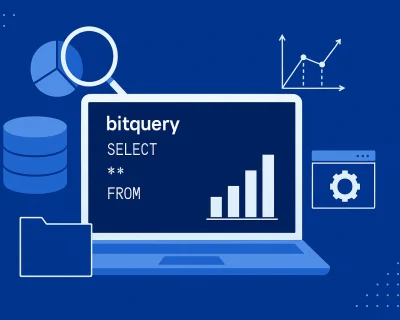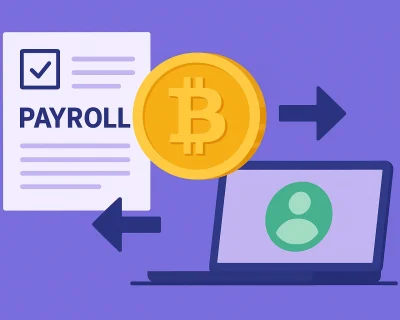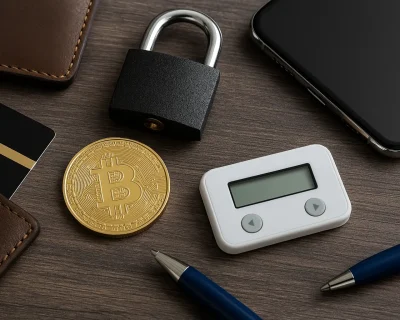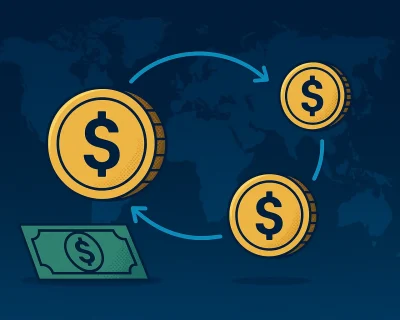Smart Contracts – More Than CryptoKitties
Smart contracts exploded onto the scene in 2017, thanks to CryptoKitties. They reached their peak popularity in 2018 when, in May, a CryptoKitty sold for $140,000. Since then, CryptoKitties have been fading in glory, but smart contracts have disappeared with them?
Not at all!
Smart contracts and their uses and utilities are marching toward progress. Here are three solid ways smart contracts are more than CryptoKitties.
1. DeFi, decentralized finance
Decentralized Finance got the chance to improve crypto thanks to smart contracts.
DeFi allows borrowers and lenders to interact while benefiting from blockchain’s decentralized qualities.
How could that help you?
If you’re looking to borrow
Has some expense come up? Perhaps an emergency expense? Or maybe you’re in the market for a new laptop for teleconferencing?
If you are looking for a loan and decide to go down the traditional loan route, you will need to endure some headaches: credit score check, salary/earnings report, and then if you are approved, you will need to wait 2-3 business days or more to receive your loan funds.
Nut with DeFi you can experience these benefits:
- No credit checks;
- Fund dispensing in 30 minutes, if choosing stablecoins;
- Lending in various fiat currencies too.
How is that possible?
DeFi for borrowers works like this:
- You select a DeFi platform that meets your needs.
- You choose a loan amount and interest rate that suits you.
- You deposit BTC, ETH, or other coins as collateral.
When you pay off the loan, you get your collateralized coins back. And that is why there are no credit checks and fast dispensing of loan funds. It does not matter to the smart contract if you have bad credit or good credit.
The smart contract only checks to see if you have deposited the agreed-upon amount of collateral — and then the smart contract automatically funds your loan to the address you have given.
But it is not all rosy gumdrops. There are cons too:
- The young industry is prone to hacks.
- Crypto volatility might liquidate your collateral.
- Your responsibility to double-check all your info and wallet addresses
DeFi is a brand-new industry. Yes, it is expanding, but it also comes with growing pains.
DeFi lending platforms could be hacked and users’ funds stolen. The price of your collateralized coins might suddenly drop so much that its value goes below the loan amount — in which case your collateral will get sold immediately to cover your loan. Also, it is up to you to double-check that the wallet addresses you have given for getting your collateral back are correct — otherwise, it might be sent to an address you do not control.
There are a few risks, it’s true, but if DeFi still sounds like the right option for you, then feel free to explore the best bitcoin loan sites.
If you’re looking to lend
Are you a die-hard HODL-er? Someone who, no matter the ups and downs of crypto price swings, holds on for dear life?
That is admirable, but why let your crypto bags collect dust?
DeFi platforms let those who HODL keep doing just that and earn interest on the side.
How? Simple:
- Go to a DeFi platform you trust
- Browse their interest rates for lenders
- Deposit the BTC, ETH, or other coins you’d like to earn interest on.
Depending on the platform, you will earn a healthy return as long as you keep your crypto on the platform.
And you can rest safely knowing that your deposited cryptocurrencies are protected from default by a borrower. Since the borrower needs to put up their own crypto as collateral, if they cannot or refuse to pay, or the price of crypto sinks, the collateral will be sold to protect the lenders.
Keep in mind, though, that similar risks apply. Some DeFi platforms, especially newer ones that have not worked out their bugs yet, may be prone to hacks. And as always, double-check all wallet addresses and other info before sending or receiving cryptocurrencies.
2. eSports gaming + smart contracts
In games like baseball and football and traditional sports — I cannot believe we are now calling it “traditional” sports — a game item like a baseball can be played within any number of games, even being passed around between teams and ending up in some small league game. It can even become a collectible worth money (if autographed by a famous player) or something nostalgic (the winning ball at a minor league game).
Currently, in eSports and other online games, any items belong to the player who bought the game. That is it. And that player can only use it in that one game.
Now let me introduce the multiverse by Enjin.
In the multiverse, players can use an item in one game and then sell or trade it to another player. That second player can then use that item in the same game, or a different game developed by another studio!
All that is thanks to Enjin’s innovations with the Ethereum smart contract system known as ERC-1155.
Cryptokitties, and other blockchain-based collectibles, run on ERC-721 smart contracts. These “older” contracts were the first smart contracts to introduce the concept of non-fungible tokens.
Non-fungible simply means that each item is unique and cannot be substituted for another; think money vs. autographed baseball cards. Cryptocurrencies created on Ethereum are ERC-20, fungible tokens. Cryptokitties use ERC-720 smart contracts since each CryptoKitty is non-fungible in some way.
ERC-1155 is a whole new standard.
First, ERC-1155 combines both ERC-20 and ERC-720 standards. This allows one contract to “mint” (create) tokens that are fungible (like in-game currency) AND tokens that are non-fungible (like unique legendary swords).
“ERC-1155 Crypto Items improve on this by combining the benefits of both. You may create thousands of different types of items for your game, and depending on the use case, each unit may have a unique index or be fully fungible with the others.”
The list of benefits continues: ERC-1155 tokens can be atomically swapped, save on gas through multi-transfer abilities, and more.
It’s a brave new world for gamers.
3. Smart Contracts on the Supply Chain
Smart contracts are not just for client-facing things like eSports and DeFi. You can already find them hard at work in B2B applications.
The key selling point of smart contracts is their ability to automate tasks that generally need people, such as filling out paperwork and tracking things from production to the point of sale.
Smart contracts can give entire visibility of a product’s supply chain, the visibility that is trustworthy.
How?
Consider one of the most important aspects of a blockchain: it is immutable.
If a product is tracked during its production and shipping, that data can be recorded onto smart contracts on an immutable blockchain. No one can tamper with it or change it. This provides a high level of guarantee that a product is genuine.
More than that, smart contracts enable companies to know where parts have been sourced, what companies were involved in making the product, and how the product moved from one end of the supply chain to the other.
This strengthens partnerships between companies working on the product and supplying parts. Each of their contributions is recorded as its own entry on the blockchain, tracked and documented over time.
The Future of Smart Contracts
There is why smart contracts are the tech of our future: incredible momentum.
A tremendous amount of brainpower (aka people) is thinking about and solving blockchain roadblocks. Every day, every week, and month, we see fascinating new developments in smart contracts.
Nike, for example, introduced a whole line of sneakers authenticated by smart contracts.
Meanwhile, Ethereum smart contracts are being used to power whole neighborhoods by processing transactions on microgrids.
Smart contracts are also making healthcare more secure, accessible, and affordable.
From digital ownership to healthcare and every industry in between, they bring useful changes to our lives.
Without a doubt, smart contracts are so much more than CryptoKitties.













